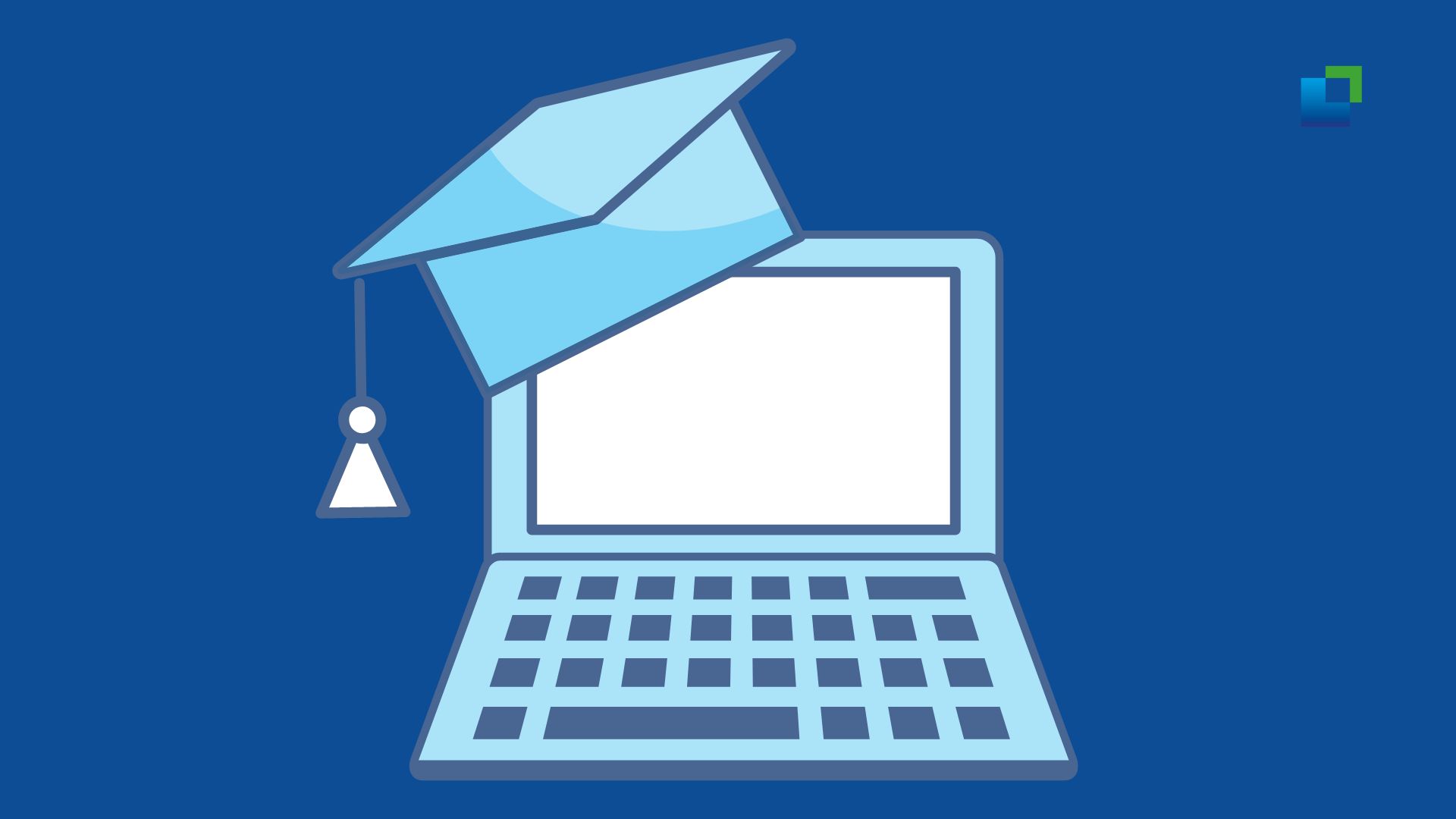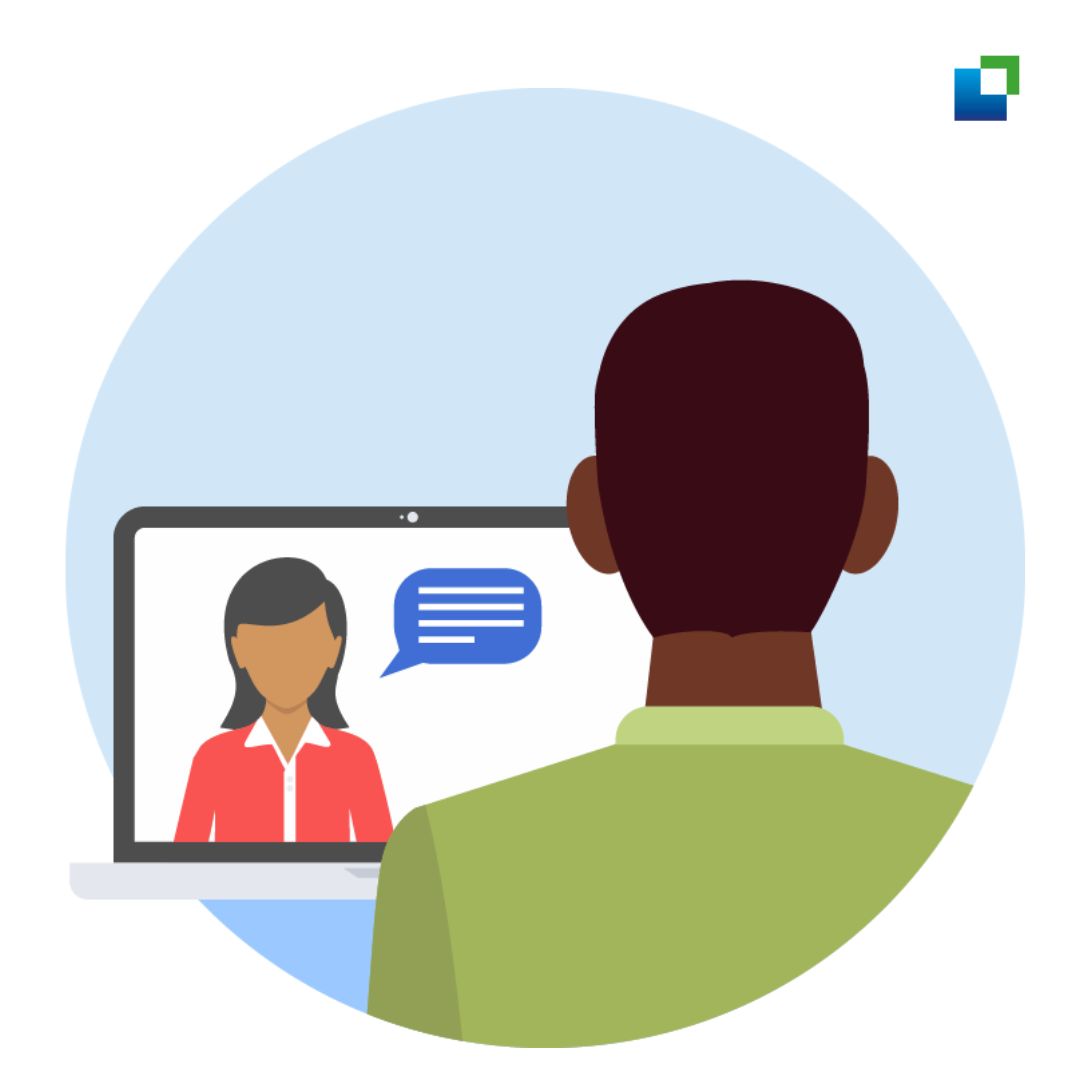When the pandemic abruptly caused the world to shut down, education, too, was largely affected. Education, an important human right for growth and success for an individual in society, was so hampered that it took weeks and months for educational institutions to pivot traditional in-person curriculums to a digital module with the aid of technology. Almost three years later, despite many upheavals and challenges, a hybrid module has almost become the norm. And that brings us to Blended Learning.
What is Blended Learning?
Blended learning is a combination of using physical, face-to-face learning with digital or online components using technology to create a holistic learning process for the modern student.
Globally, strides are being taken to emphasise Blended Learning. For example,
India’s National Education Policy 2020 is digitally forward. The governmental thrust for the digitisation of education has come in the form of several initiatives, such as NROER (National Repository of Open Educational Resources) providing e-content for students and educators, DIKSHA (Digital Infrastructure for Knowledge Sharing), a national repository of high-quality resources on foundational literacy and numeracy, and national online schooling and courses. The government has also focused on preparing students for new-age industries through high in-demand skills such as innovative and technological capabilities, and interpersonal competence.
As logistics answers to increasing demand, it also supports the e-commerce industry which is witnessing exponential and unprecedented growth. With all this action in the foreground, the industry deals with a widening skill gap and shrinking labour availability.
This is understandable as automation and AI will continue to make employee skills obsolete, creating a deficit in employee proficiencies. Again, this is true across sectors.
As the landscape evolves minute by minute, if teams are not prepared to learn on-the-go and anticipate challenges, then businesses stand to lose on many fronts. A member survey from Association for Talent Development (ATD) reveals how lower efficiency tops the list of business impacts of the skills gap, followed by missed opportunities for the organisation.

